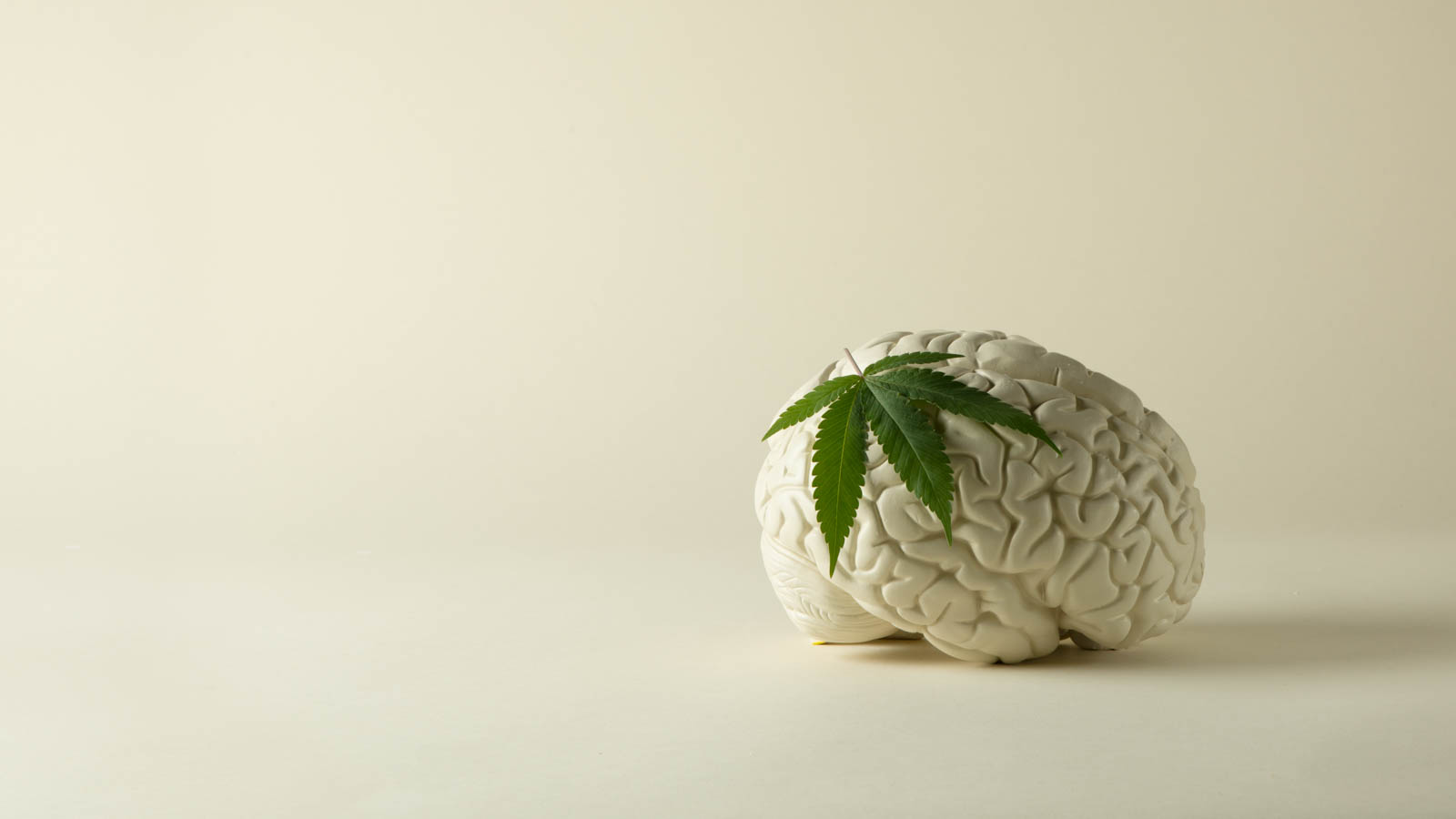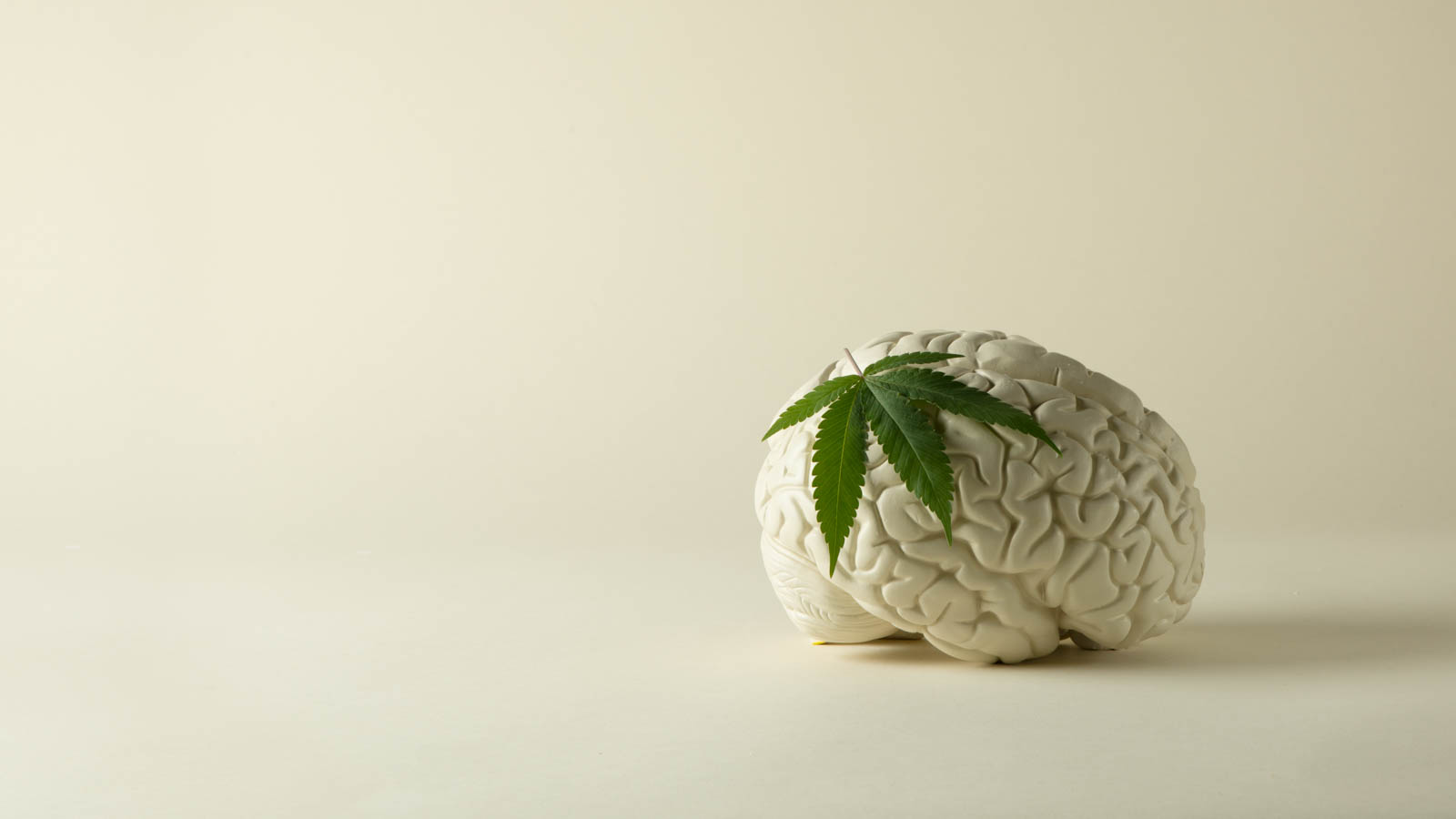
The effects of cannabis on the developing adolescent brain have long been contested. Existing clinical literature has largely suggested that cannabis use during the teenage years may cause abnormalities or cognitive damage to the brain. However, recent research exploring cannabis use and brain structure in both adolescents and older individuals has offered some compelling new insights into the relationship between cannabis use and the brain.
Reported Effects of Cannabis Use on Adolescents
One study, which was set to be published in the May 2019 issue of Addictive Behaviors, reported that adolescents who had recently used marijuana experienced significantly higher mood lability, which encompasses behaviors such as severe mood swings, dramatic changes of opinion, and disproportionately intense reactions.
Dr. Antoine Kanagumire, a Montreal psychiatrist and author of the “Twenty-One Unspoken Truths About Cannabis,” emphasized that it was vital to appreciate that even if research reported no structural changes following cannabis use, functional alterations may have taken place.
“We have much more evidence for functional changes in the brains of adolescent cannabis users than we have for structural changes. Cannabis is a substance that is going to mainly affect the functioning of the adolescent brain, much more than it affects the structure,” Kanagumire said.
Literature investigating the effects of cannabis on adolescent brains has resulted in inconsistent findings. One review, published in Biological Psychiatry in 2016, found that frequent cannabis use in adolescence and early adulthood was associated with abnormalities in the parts of the brain that are high in cannabinoid receptors, specifically the hippocampus, prefrontal cortex, amygdala, and cerebellum.
Photo by brookehoyer via Flickr
A 2017 study published in the Oxford University Press journal Cerebral Cortex suggested that adolescents who initiated regular cannabis use experienced harmful cognitive effects to their intelligence quotient (IQ) and functional connectivity in the brain. This study, which lasted for 18 months, also found that adolescents who stopped using cannabis did not fully recover their IQ after one year, and suggested that repeated exposure to cannabis may detrimentally affect resting functional brain connectivity.
An Overview of the Developing Adolescent Brain
Substantial neurodevelopment occurs from adolescence to the mid-20s. The prefrontal cortex, which is associated with planning, emotional self-control, and higher-order thinking, develops rapidly. In addition, the body’s endocannabinoid system (ECS) undergoes significant development during this period of adolescence, according to the Nature-published journal Neuropsychopharmacology. The ECS facilitates efficient communication between different regions of the brain and plays a central role in regulating appetite, sleep, emotion, movement, and memory.
During adolescence, dynamic changes occur in the corticolimbic structures, which help to manage stress, fear, and anxiety-related behaviors. These teenage years represent a particularly sensitive period for ECS development, as environmental disturbances may alter the neural circuitry that governs emotional behaviors.
Findings Remain Inconsistent
Despite these studies that shed a concerning light on cannabis use by teenagers, a slew of other studies have reported mixed findings concerning altered brain structure in adolescent cannabis users. The argument that using cannabis during adolescence could cause permanent damage to the brain is not definitive.
Inconsistencies in findings can be traced to the following three issues. First, isolating causality is problematic. It is difficult for neuroimaging scientists to rule out childhood poverty, abuse, or neglect, all of which can also impact brain anatomy and correlate with substance abuse. Second, neuroimaging or neuroscientific studies of cannabis users have tended to use small sample sizes, which reduce the precision and reliability of the results. Studies of the brain structure of cannabis users often differ in sampling, experimental design or analytic techniques, making it difficult to compare research.
“Basically, the neuroimaging field is prone to conflicting findings,” said Ken Hutchison, a professor of psychology and neuroscience at the University of Colorado, Boulder. “If you look for the biggest studies (groups greater than 200), it is difficult to find consistent associations between gray matter volume and cannabis use. Findings from smaller studies are not always reliable.”
Lastly, there is also a lack of consensus regarding how researchers define problematic cannabis use. Notable variation exists in how cannabis use disorder (CUD) is diagnosed, and the criteria for establishing a “frequent” user from an “occasional” user.
Effects of Cannabis on Adolescent Brains
Research published in the February 2019 journal of Neuropsychopharmacology suggested that cannabis use among adolescents has limited effects on cortical volume, brain structure, and cognitive function. The study carried out a neuroimaging analysis of 781 adolescents and young adults between ages 14 and 22. Out of the observed participants, 109 identified as occasional users, consuming cannabis 1-2 times per week, while 38 participants identified as frequent users, consuming cannabis 3 or more times per week. High-resolution MRI scans measured three aspects of brain structure including cortical thickness, volume, and gray matter density. Confounding variables, such as ethnicity, sex, and psychopathology were controlled for and checked using additional analyses.
Using two analysis programs, the researchers found that cannabis users showed lower IQs than non-users, although all users had estimated IQs within the average range. Occasional and frequent cannabis user groups reported more frequent use of alcohol and higher overall psychopathology than non-users.
There were no significant differences in white matter volume, gray matter volume, mean cortical thickness, or mean grey matter density among occasional users, frequent users, and non-users.
No clear dose-response relationship was noted, which means that increased consumption of cannabis was not observed to equate with greater structural alterations in the brain. In general, the structural brain scans were mostly similar between young adult cannabis users and non-users.
The study’s research team emphasized that their findings converged more with the data of larger samples of cannabis-using youth, which have reported more limited structural differences to the brain than smaller studies.
However, they also noted in their discussion: “Although we did not find strong support for brain structure alterations in cannabis users, our study cannot answer whether cannabis affects brain functioning in adolescent-onset users. Long-term studies of brain changes are scarce, and small structural effects could nonetheless have clinical significance for brain development, cognitive functioning, or mental health.”
Kanagumire, the Canadian psychiatrist, agreed that a lack of evidence for structural changes did not rule out the possibility of functional changes.
“For example, in most patients with depression, we don’t see structural changes but we know there are significant changes in the functioning of the brain,” Kanagumire said. “The brain is more than the apparent structure; it’s mostly a functional organ. So you can have an apparently structurally sound brain, but with very pronounced functional changes.”
There is a body of clinical evidence that demonstrates the impact that cannabis can have on brain function, with specific effects including impairment in cognitive function, verbal learning, and memory. However, it’s important to note that altered brain function is not always a bad thing. Cannabis users have been shown to engage different patterns of neural activation, as was published in a 2008 Journal of Psychopharmacology, allowing them to complete a task or reach a conclusion in the same amount of time, but by utilizing a different brain network.
Brain Structure of Older Cannabis Users
In the second study, published in Psychiatry Research: Neuroimaging on March 30, 2019, four researchers from the University of Colorado, Boulder undertook a pilot study to investigate the brain structure of 56 cannabis users and non-users ages 60 years and older.
The researchers used MRI scans to check gray and white matter volume and cortical thickness, while cognitive tests measured attention, two types of recall, vocabulary, oral reading skills, executive function, and processing speed. Age and depression were two factors that researchers controlled for.
The 28 participants who identified as cannabis users reported at least weekly use for the last year and an average regular cannabis use of 23.55 years. The study found that users and non-users did not differ in terms of total gray or white matter volume, but users showed greater volume in the left putamen, lingual cortex, and rostral middle frontal cortex. These are the parts of the brain responsible for functional connectivity and reward processing.
“The significance of this finding is unclear,” said Kent Hutchison, Ph.D., one of the study’s authors. “For example, there is no way to know whether having more volume makes it more likely that you will use cannabis, or whether using more cannabis causes there to be a greater volume in those areas. It is also not known whether a greater volume in these areas is a good thing or a bad thing.”
No significant differences in cognitive function were observed between either group. The study’s authors concluded by suggesting that cannabis doesn’t have a widespread impact on the brain’s volume. Hutchison points out, however, that the study did not include participants with cannabis use disorder (CUD).
“I am not sure there is any convincing data suggesting that individuals with CUD experience alterations caused by cannabis, though some studies have suggested it,” Hutchison said. “It is important to note that our study did include people who have been using cannabis on average for 20 years and we did not find much (evidence of brain alteration). ”These results contribute to building a more comprehensive picture of the longitudinal, cumulative effects of cannabis use on brain structure.
Educating Teens in the New Social Cannabis Climate
As research remains inconclusive regarding the functional and structural effects of cannabis on adolescent brains, Kanagumire as a psychiatrist stresses the importance of educating teens. For parents who know their adolescents are experimenting or may experiment with cannabis, he encourages maintaining open lines of communication and being non-judgmental in conversations.
“Be open to discussion. What you want is to know first, is the level of cannabis usage of your son or daughter,” Kanamugire said. “This is a very significant period of brain development and can change the course of your teen’s life. Try to find out what your child knows about cannabis, and from there, share your knowledge about the substance, including the potential risks to the young developing brain.”
For parents who fear that increasing legalization will encourage greater cannabis consumption among youths, a 2018 study published in The American Journal of Drug and Alcohol Abuse has helped to assuage some of these concerns. The study, which assessed the effects of marijuana policy change, found that decriminalization was not associated with significant shifts in use, but instead predicted a 4.4 percent decline among Hispanics and other ethnic minority users, but a 1.6 percent increase among white adolescents.











